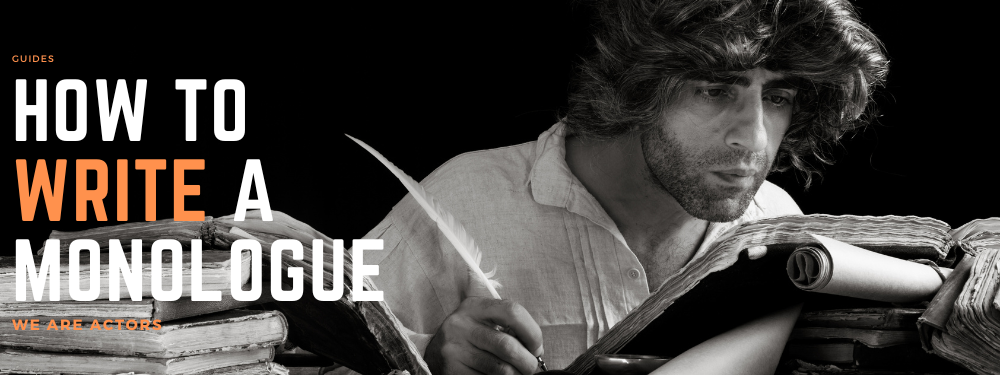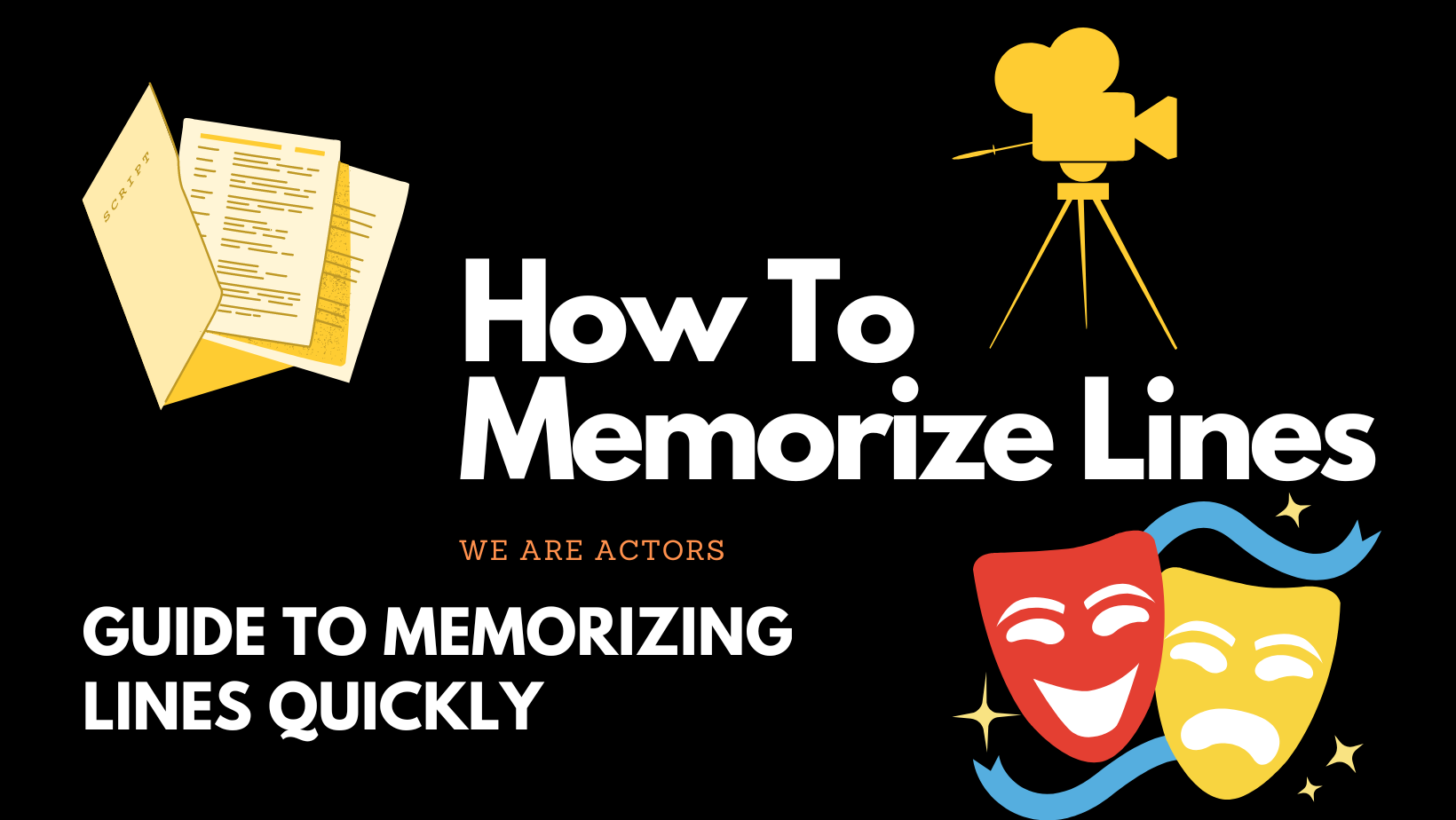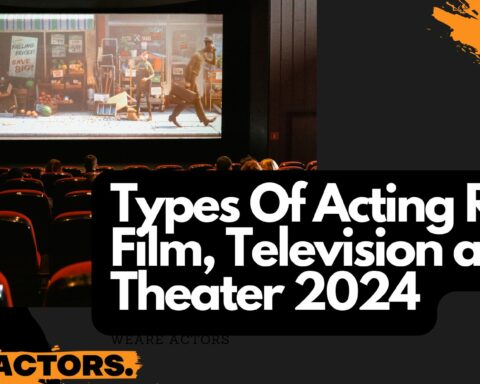
What is a Monologue? The Core of Drama
Ever watched a play, film, or TV show where a character suddenly breaks into a long, passionate speech, pouring out their thoughts and feelings to another character, the audience, or even to themselves? That, my friends, is a monologue. It’s a classic, powerful tool that scriptwriters, playwrights, and authors use to breathe life into their characters and narratives.
A monologue, at its core, is an extended speech delivered by a character in a drama. This uninterrupted flow of words serves as a mirror, reflecting the character’s inner world – their motivations, desires, conflicts, and emotions. It’s like peeking through the keyhole into their minds, getting to know them better, and feeling what they’re feeling.
A monologue is more than just a character delivering a speech. It’s a tool for character development, it’s a vessel that carries the story forward, clarifies plot points, and even offers essential backstory tidbits. Imagine Hamlet’s “To be or not to be” soliloquy. It’s not just about Hamlet mulling over life and death; it’s a deep dive into his troubled psyche, stirring empathy within us. This is the magic of a well-written monologue.
Why Learn to Write a Monologue? Unveiling Hidden Skills
Let’s delve deeper. Why should you, as a budding writer, care about writing a monologue? Isn’t it enough to master dialogue, plot, and setting? Well, my friend, just like a good monologue unveils the depths of a character, learning to write one can reveal the depths of your writing abilities.
- Skill Development Crafting a compelling monologue is no small feat. It requires a delicate balance of character understanding, plot progression, and linguistic prowess. It’s about mastering the writing process, letting your sentences flow but also making every sentence count. As you labor to birth your monologue, you’ll find your skills as a writer growing and maturing. You’ll learn to capture the nuances of your character’s thoughts and feelings, and before you know it, your words will breathe life into them.
- Expression of Individual Characters Writing a monologue is also about painting a vivid, multi-dimensional portrait of your character. Every monologue needs to reflect the character’s unique voice, their quirks, idiosyncrasies, their fears, and hopes. When your character bares their soul in a monologue, your audience connects with them, laughs and cries with them, feels their joy and their pain. It’s one of the most potent ways to make your audience care for one of the main characters. After all, who can forget Hamlet’s existential angst or the bitter vengeance burning in the ghost of Hamlet’s father?
There you have it! Monologues are more than just lengthy dialogues. They are a golden ticket into the heart of your characters and a fascinating journey of self-discovery as a writer. So, why not give it a try? Pick up that pen or open that laptop and start writing your monologue. And remember, every great monologue started
Fundamentals of Writing a Monologue
If you’ve ever wondered how to write a monologue, you’re in the right place. Writing a monologue is both an art and science, combining creativity with technical elements. Here, we’ll break it down into manageable sections, covering everything from understanding the character to the anatomy of a successful monologue. Let’s dive in!

Understanding the Character
When writing a monologue, it is vital to thoroughly know the character you’re writing for.
1. Exploring the Character’s Background
To pen an effective monologue, you need to dive deep into your character’s past. Delve into their history, their upbringing, and their key life experiences. Understand the forces that have shaped their personality, their fears, dreams, and aspirations. It’s much like getting to know a friend better. You don’t know anything about the character when you start, but as you dig deeper, the nuances begin to emerge.
2. Understanding the Character’s Motivation
Now, it’s time to comprehend what drives your character. What is their deepest desire? What are they willing to fight for? Understanding their motivations will allow you to create a monologue that feels authentic and true to your character’s spirit. It will help you create a monologue that the audience can connect with, allowing them to empathize with your character’s journey.
Choose the Right Context
Your monologue isn’t just about what is being said. It’s about when and where it’s being said. This is where context comes in.
1. The Importance of Setting
A monologue’s effectiveness often hinges on its setting. It isn’t just about physical locations, but also the emotional and social landscape. What is the state of the character’s mind? What’s happening around them? Where the monologue is delivered can make a big difference. The setting provides a backdrop for the words being spoken, adding depth to your character’s thoughts and expressions.
2. Crafting the Right Moment
Timing is everything when it comes to a monologue. You must decide when to let your character express their thoughts. A well-timed monologue can have a strong impact, heightening the dramatic effect. It could be a decisive action or a moment of introspection. When your character speaks is as crucial as what they say.
The Anatomy of a Great Monologue
Now, let’s dissect what makes a monologue stand out.
1. Successful Monologues Examples and Analysis
There are numerous monologue examples out there, from Shakespeare’s plays to contemporary cinema. Each successful monologue is a lesson in crafting compelling dialogue. Take the famous monologue from Hamlet, “To be, or not to be…”It is a classic example of how a monologue reveals a character’s innermost thoughts, conflicts, and emotions.
Your monologue must serve a clear purpose and fit within the larger narrative. As you start writing your own monologue, it’s important to study and analyze these examples. Take note of the structure, the emotion, the underlying theme.
By mastering these fundamentals, you’ll be well on your way to having a monologue that’s engaging, dramatic, and memorable. So, whether you’re writing for a play, a movie, or a podcast, these principles will help guide your way. It’s part of the process, and it’s a monologue journey worth embarking on!
Don’t forget to proofread your monologue and even hire an actor to perform it.
The Writing Process
Starting Your Monologue
1. Drafting the First Line – The Journey Begins
The first line is the door to the world of your monologue, and to draft it is to unlock the emotional and narrative potential within. Whether it’s a dramatic monologue or an interior monologue, the initial lines are your chance to immediately catch the audience’s attention. Picture the first line as a fishing hook: you need to bait your audience, reel them in, and keep them interested throughout your piece. It’s crucial to invest time and creativity to craft an engaging beginning. Writing a monologue isn’t simply about putting words together, but about igniting a spark that keeps burning until the end.
2. Setting the Tone – The Monologue’s Musical Score
The tone of a monologue is akin to a movie’s musical score—it subtly guides the audience’s feelings and reactions. It can be a type of monologue that’s dark and brooding, light and comical, or anything in between. This emotional undercurrent is a vital aspect of monologue writing. The tone you set will determine the mood of the piece and shape the character’s emotions and expressions, and like a melody, it must be consistent and harmonious throughout the monologue.
Developing the Monologue
1. Progressing the Narrative – Climbing the Mountain
A monologue isn’t a stagnant pool of words but a rushing river, carrying the audience along its course. This narrative progression is pivotal as it gives shape and form to your monologue, transforming it from a mere collection of words into a coherent, captivating piece. It’s a part of the process where you’re writing the path your character traverses, escalating tension or intrigue as the monologue progresses, always keeping the audience on their toes.
2. Building Character’s Voice and Emotions – Painting with Words
The character’s monologue is the canvas upon which their persona is painted. The words you use, the emotions you imbue, and the voice you craft are the colours with which you paint this picture. As you write, you need to keep the character’s emotions at the forefront. Is it a dramatic monologue filled with anguish or an interior monologue seeped in introspection? Remember, the monologue isn’t just about what is being said—it’s about who’s saying it, why they’re saying it, and how they’re saying it.
Ending the Monologue
1. Crafting the Conclusion – The Final Bow
The end of the monologue is the character’s final bow—it’s the moment that leaves a lasting impression on the audience. Crafting this conclusion is a delicate task as it needs to round off the narrative and emotional journey you’ve taken your audience on. Whether it’s a subtle exit or a dramatic drop of the curtain, your conclusion should resonate with your audience and leave them mulling over the monologue long after it’s ended.
2. Ensuring the Monologue’s Purpose is Achieved – Hitting the Bullseye
The purpose of the monologue is the bullseye that your words aim to hit. The goal can be to reveal a secret, to express internal conflict, or to provide comedic relief. Whatever the intent, the monologue must reach its aim by its conclusion. As a writer, you need to constantly check if your monologue is on course to fulfill its purpose. If the target seems blurry or distant
Techniques to Improve Your Monologue
Writing monologues can be a daunting task, but with a few techniques, you can create a monologue that’s both captivating and engaging. We’ll be looking at how to add authenticity, evoke emotion, and explore the unique impact of monologues as compared to dialogues in your narrative.
Creating Authenticity in Your Monologue
Incorporating Natural Speech Patterns
When you’re writing, one essential element to remember is the authenticity of the speaker’s language. Real conversations aren’t limited to straightforward sentences; they are often disjointed and full of interruptions. Utilize this technique to mimic the natural ebb and flow of conversation. This will make your monologue is a speech that resonates with the listener or reader, as it sounds genuine and relatable.
Use of Dialect and Idioms
Using a dialect or idioms can provide a greater sense of who’s listening and can add a depth of authenticity to the monologue. This way, the writer’s voice shines through the character, giving a unique personality and backstory without explicitly stating it. Remember, you can write a monologue in 7 different dialects, all portraying different aspects of a character’s background and life experiences.
Evoking Emotion in Monologues
Role of Language and Delivery in Emotional Impact
When we think about how to write a monologue that evokes emotion, we need to consider both the language used and the way it’s delivered. Consider this: aren’t limited to just using powerful language, but the rhythm, pace, and pauses can also add emotional weight to your piece. You could perform the monologue with varying intensity, using pauses for suspense, or increasing the pace during an emotional climax. The key here is to use language and delivery to create an emotional impact that draws in the listener or reader.
Monologue Versus Dialogue
Difference and Their Unique Impacts on the Narrative
So, you’ve learned how to write a monologue, but how does it differ from a dialogue, and how does each impact your narrative differently? A monologue is written from one person’s perspective and offers a deep dive into their thoughts and feelings. It’s an effective tool for character development and moving the plot forward. On the other hand, a dialogue involves two or more characters and adds a dynamic interaction, enhancing the narrative with different perspectives. Both have unique strengths, and using a monologue or dialogue at the right time can significantly enhance your narrative.
In conclusion, writing a monologue that is authentic, emotionally evocative, and impactful isn’t just about stringing together sentences. It’s about understanding the speaker’s voice, their unique expressions, their emotions, and how all these elements come together to form a compelling narrative. So, next time you’re writing a monologue, remember these techniques and watch your characters come to life!
Common Mistakes and How to Avoid Them
When you decide to write a monologue, it can be a highly rewarding piece of writing. Monologues give a fictional character the platform to express their feelings, thoughts, and motivations. However, to bring that one character to life successfully, you need to avoid some common pitfalls. Let’s look into two such issues: Overcomplicating language and neglecting the character’s motivation.
Overcomplicating Language
It’s important to remember that a monologue, as with any piece of writing, should be easily digestible for the audience. Overcomplicating language can obstruct the delivery and reception of the core message.
1. The Danger of Excessive Sophistication
An overly sophisticated monologue can cloud the true essence of the message, making it harder for the audience to connect with the character. Remember, you’re writing a story, not an academic thesis. The language used should reflect the character’s background, personality, and current emotional state. Try to resist the urge to impress with a plethora of complex words and sentences.
2. Striking a Balance Between Natural and Dramatic
Monologues can swing between being too casual or overly dramatic. Striking a balance between these extremes is vital. Your monologue should begin and end naturally, as though the character is having a conversation with themselves or with the audience. Dramatic elements should serve to enhance the narrative, not overpower it. Consider where and when your character would naturally become more passionate or emotional in their speech.
Neglecting the Character’s Motivation
Understanding and consistently referencing the character’s motivations is fundamental in how to write a monologue. Motivation should drive every word, every emotion, and every revelation in the monologue.
1. Ensuring Consistency with the Character’s Objective and Actions
When you take your monologue, consider your character’s desires and objectives. Their actions and words in the monologue must align with their motivations. Inconsistent character behavior can confuse the audience and reduce their engagement with the story.
2. Give the Audience a Glimpse into the Character’s Psyche
Your monologue should give the audience a clear view of what’s happening in the character’s mind. Whether it’s a soliloquy revealing inner thoughts or a direct speech to another character, it must serve to deepen the audience’s understanding of the character’s psyche.
Writing monologues is an art, and like any art, it can be perfected with practice. Avoiding these common mistakes can greatly improve the effectiveness of your monologue. Remember, each character’s monologue is their chance to hear the monologue in their voice, expressing their thoughts, their hopes, and their fears. Treat it as an opportunity to let your character shine.
Recap of Key Takeaways
In the process of learning how to write a monologue, we have covered several crucial points that serve as a robust framework for your creative expression. Our journey started from understanding that a monologue is a long speechdelivered by a single character, a feature common in theater, films, and various forms of literature, from ancient Greek plays to modern TV series.
Through this journey, we have learnt that a monologue, written as a speech, does more than just reveal a character’s thoughts and emotions. It provides a deeper insight into the psyche of the character who is speaking, making it an essential tool for character development. Remember that your monologue must be used strategically. Its purpose should not merely be to deliver information, but to advance the plot or develop the character.
In exploring the different types of monologues, such as soliloquies and villain speeches, we noted that monologues come in various forms that can be utilized depending on the context. It is critical that your monologue has a clear beginning, middle, and end, akin to a mini story, ensuring it does not feel monotonous to the listener or reader.
The following tips will help you in your monologue writing journey. They range from understanding the importance of a character’s motivation, the significance of a clear structure, to the role of subtlety and nuance in conveying depth.
Encouragement to Practice
The key to mastering the art of monologue writing is practice. Like any craft, writing monologues can be challenging at first. Yet, through regular practice, you will find yourself creating vivid, engaging, and thought-provoking monologues with ease.
Each character is addressing their own internal world, and the more monologues you write, the more adept you will become at delving into these diverse psychological landscapes. There are many monologues waiting to be written, a sea of characters and situations waiting to be explored. So, as you pen down monologues, remember that every character, every situation, and every character is speaking their truth. It’s your job to bring this truth to life.
Just as a musician practices scales or an athlete practices drills, a writer must exercise their craft. The best way to become proficient is through continuous practice, writing, revising, and rewriting. There are no shortcuts. But with perseverance, your monologues will begin to resonate with a unique voice that captures your audience, stand alone as exceptional pieces of literary work, and most importantly, tell a compelling story.
Remember, every monologue you write is an opportunity to grow, to experiment, and to refine your skills. Embrace the process, enjoy the journey, and most importantly, keep writing. After all, there’s a world of characters waiting for you to give them a voice.
So, are you ready to write your next monologue?
Looking for a Book of Monologues?
Check out “100 Monologues” By Eric Bogosian – Buy Here









